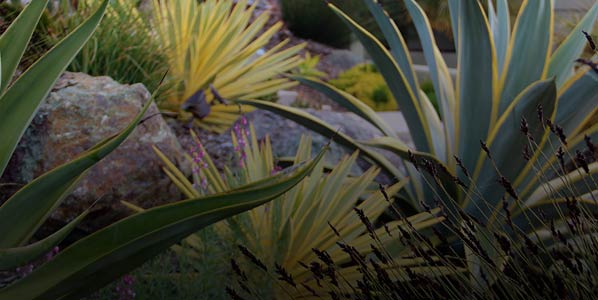Buggin' Out
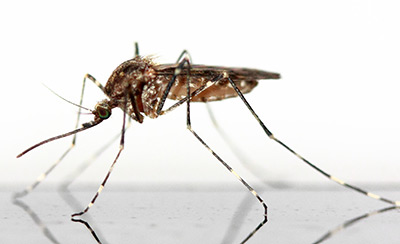 OK, we’ll admit it. Some bugs are hard to love. We’re not talking about butterflies, dragonflies, or even bees. We mean those pesky, annoying mosquitoes that force you inside on balmy summer evenings. Or creepy, repulsive Jerusalem crickets, which are so unnerving. Not to mention flies, maggots, and grubs. We may not be able to convince you that these critters are particularly lovable, but perhaps it is possible to appreciate the value of even the most loathsome insects to a flourishing garden and to the natural ecosystem.
OK, we’ll admit it. Some bugs are hard to love. We’re not talking about butterflies, dragonflies, or even bees. We mean those pesky, annoying mosquitoes that force you inside on balmy summer evenings. Or creepy, repulsive Jerusalem crickets, which are so unnerving. Not to mention flies, maggots, and grubs. We may not be able to convince you that these critters are particularly lovable, but perhaps it is possible to appreciate the value of even the most loathsome insects to a flourishing garden and to the natural ecosystem.
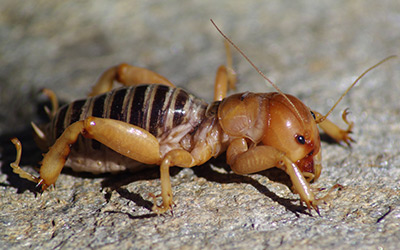 Insects are incredibly adaptable and have inhabited the planet for hundreds of millions of years. Consequently, they have co-evolved with many other animal species and have distinct relationships with them. First up: Mosquitoes. Mosquitoes and mosquito larvae, for instance, are prey for fish, frogs, salamanders, turtles, lizards, bats and birds. The larvae are filter feeders and detritus feeders, helping to recycle energy within aquatic ecosystems. Mosquitoes are incredibly diverse and can be found in just about every region of the globe—including the icy Arctic tundra, the deserts of the Southwest, and the humid tropics of Africa, Asia, and South America.
Insects are incredibly adaptable and have inhabited the planet for hundreds of millions of years. Consequently, they have co-evolved with many other animal species and have distinct relationships with them. First up: Mosquitoes. Mosquitoes and mosquito larvae, for instance, are prey for fish, frogs, salamanders, turtles, lizards, bats and birds. The larvae are filter feeders and detritus feeders, helping to recycle energy within aquatic ecosystems. Mosquitoes are incredibly diverse and can be found in just about every region of the globe—including the icy Arctic tundra, the deserts of the Southwest, and the humid tropics of Africa, Asia, and South America.
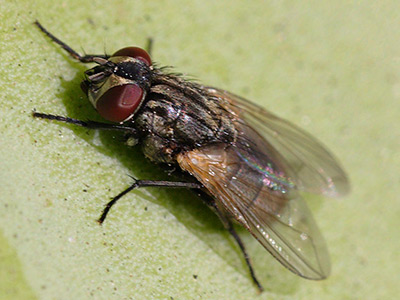 Next on the list of nasties: Jerusalem crickets. Jerusalem crickets, or potato bugs, are especially common in Los Osos. Although their appearance is alarming, they pose no threat to you or to your garden. In fact, their burrowing helps aerate the soil and recycle nutrients. They often eat smaller insects that damage gardens, like aphids. Solitary, slow moving, and nocturnal, Jerusalem crickets are a food source for owls, bats, foxes, skunks, and coyotes.
Next on the list of nasties: Jerusalem crickets. Jerusalem crickets, or potato bugs, are especially common in Los Osos. Although their appearance is alarming, they pose no threat to you or to your garden. In fact, their burrowing helps aerate the soil and recycle nutrients. They often eat smaller insects that damage gardens, like aphids. Solitary, slow moving, and nocturnal, Jerusalem crickets are a food source for owls, bats, foxes, skunks, and coyotes.
Flies? Surprise! They are important pollinators as well as scavengers and recyclers.
Maggots? By accelerating natural decomposition processes, they make more nutrients available in the soil.
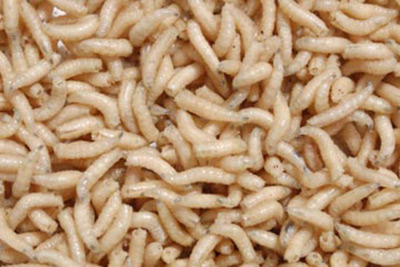 In 2006, a pair of conservation researchers estimated a dollar value for the services insects provide to the US economy. They arrived at the figure of $60 billion. Restricting themselves to those processes for which hard data was available and which can be directly attributable to wild insects, John Losey and Mace Vaughn analyzed four primary activities: disposal of dung; control of crop pests; pollination; and nutrition for wildlife. Their conclusion? If all of the services insects provide were actually taken into account, the value would easily be in the hundreds of billions of dollars. In their words, “Ecosystems and the life they support (including humans) could not function without the services insects provide.” That’s something to think about the next time you swat a fly!
In 2006, a pair of conservation researchers estimated a dollar value for the services insects provide to the US economy. They arrived at the figure of $60 billion. Restricting themselves to those processes for which hard data was available and which can be directly attributable to wild insects, John Losey and Mace Vaughn analyzed four primary activities: disposal of dung; control of crop pests; pollination; and nutrition for wildlife. Their conclusion? If all of the services insects provide were actually taken into account, the value would easily be in the hundreds of billions of dollars. In their words, “Ecosystems and the life they support (including humans) could not function without the services insects provide.” That’s something to think about the next time you swat a fly!




